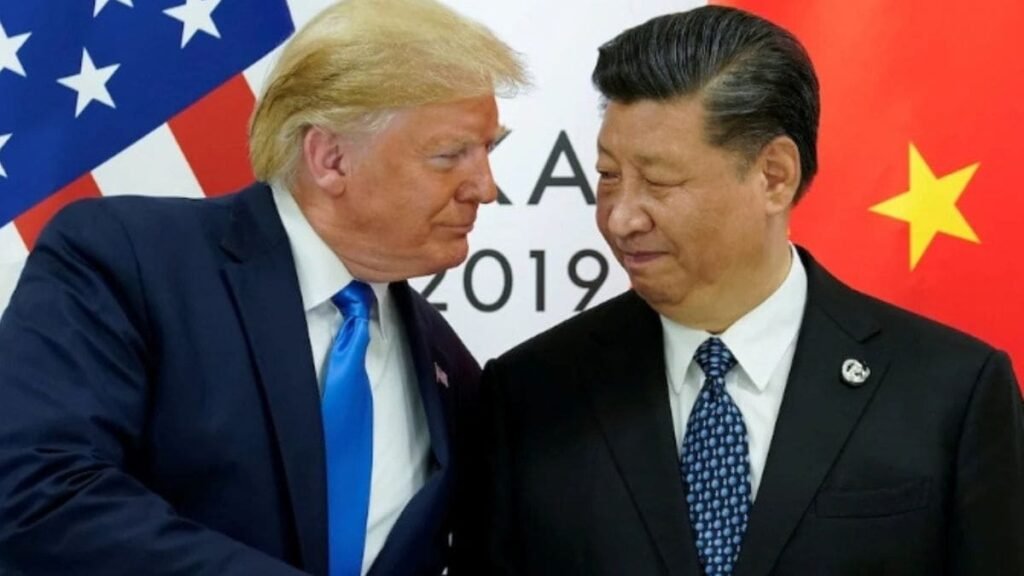Introduction
In May 2025, the United States and China reached a pivotal trade agreement aimed at de-escalating the prolonged tariff war that had disrupted global markets and supply chains. This blog delves into the key aspects of the deal, its immediate effects, and the broader implications for global trade dynamics.
Background: The Trade War’s Escalation
The trade tensions between the U.S. and China intensified in early 2025, with the U.S. imposing tariffs as high as 145% on various Chinese imports, including goods from popular retailers like Temu and Shein. China retaliated with its own set of tariffs and non-tariff barriers, targeting American agricultural products and energy exports .
Key Components of the May 2025 Trade Deal
- Tariff Reductions: The U.S. agreed to reduce tariffs on certain Chinese goods from 145% to 30%, particularly affecting e-commerce platforms. However, a flat $100 fee remains for packages not shipped via major carriers .
- Temporary Truce: Both nations consented to a 90-day ceasefire, providing a window for further negotiations and easing immediate trade tensions .
- Supply Chain Adjustments: Chinese manufacturers had already begun relocating production to countries like Vietnam and Laos to mitigate tariff impacts, highlighting the adaptability of global supply chains .
Economic Impacts
On the U.S. Economy
- Inflation and Monetary Policy: Despite the tariff reductions, the average effective tariff rate remains elevated at approximately 17.8%, contributing to a projected 1.7 percentage point increase in inflation. This complicates the Federal Reserve’s decisions on interest rate adjustments .
- Stock Market Response: The easing of trade tensions led to a significant drop in the Cboe Volatility Index (VIX), indicating improved investor sentiment. Major indices like the S&P 500 and Nasdaq experienced modest gains .
On the Chinese Economy
- Export Challenges: China’s export sector faced significant hurdles due to the high U.S. tariffs, prompting a strategic shift towards diversifying trade partners and focusing on domestic consumption.
- Technological Advancements: Despite facing export controls on advanced semiconductors, Chinese firms have made notable progress in AI and other high-tech sectors, driven by initiatives like “Made in China 2025” .
Global Trade Dynamics
The U.S.-China trade agreement has ripple effects across the global economy:
- Supply Chain Realignments: Companies worldwide are reassessing their supply chains to reduce dependence on any single country, leading to increased investments in regions like Southeast Asia.
- Trade Alliances: The ongoing tensions have spurred discussions among countries like China, South Korea, and Japan to strengthen regional trade agreements, potentially reshaping global trade networks .
Conclusion
The May 2025 U.S.-China trade deal marks a significant step towards stabilizing global trade relations. While it offers temporary relief, underlying issues such as technology transfer, intellectual property rights, and geopolitical competition remain unresolved. Businesses and policymakers must stay vigilant and adaptable in navigating the evolving trade landscape.


